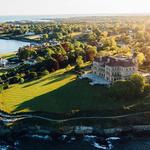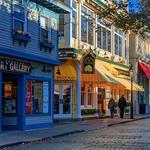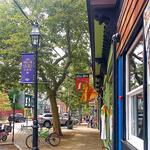Things To Do in Newport

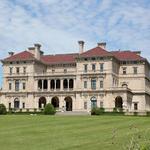
The Breakers
The Breakers is the grandest of Newport's summer "cottages" and a symbol of the Vanderbilt family's social and financial pre-eminence in the Gilded Age. Built by Cornelius Vanderbilt II, one of the richest men in America, The Breakers was everything a millionaire of the Gilded Age could want in a summer getaway. A classic Italian palazzo design, the finest American and European craftsmanship, views of the sea, and modern technology combined to make the ideal setting for luxurious living and entertaining.
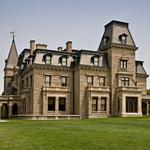
Chateau-sur-Mer
Chateau-sur-Mer is a landmark of High Victorian architecture, furniture, wallpapers, ceramics and stenciling. It was the most palatial residence in Newport from its completion in 1852 until the appearance of the Vanderbilt houses in the 1890s. It was the scene of memorable entertainments, from the "Fete Champetre," an elaborate country picnic for more than 2,000 guests held in 1857, to the debutante ball for Miss Edith Wetmore in 1889.

The Marble House
Marble House was built between 1888 and 1892 for Mr. and Mrs. William K. Vanderbilt. It was a summer house, or "cottage," as Newporters called them in remembrance of the modest houses of the early 19th century. But Marble House was much more; it was a social and architectural landmark that set the pace for Newport's subsequent transformation from a quiet summer colony of wooden houses to the legendary resort of opulent stone palaces.
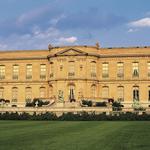
The Elms
The Elms was the summer residence of Mr. and Mrs. Edward Julius Berwind of Philadelphia and New York. Mr. Berwind made his fortune in the coal industry. In 1898, the Berwinds engaged Philadelphia architect Horace Trumbauer to design a house modeled after the mid-18th century French chateau d'Asnieres (c.1750) outside Paris.

